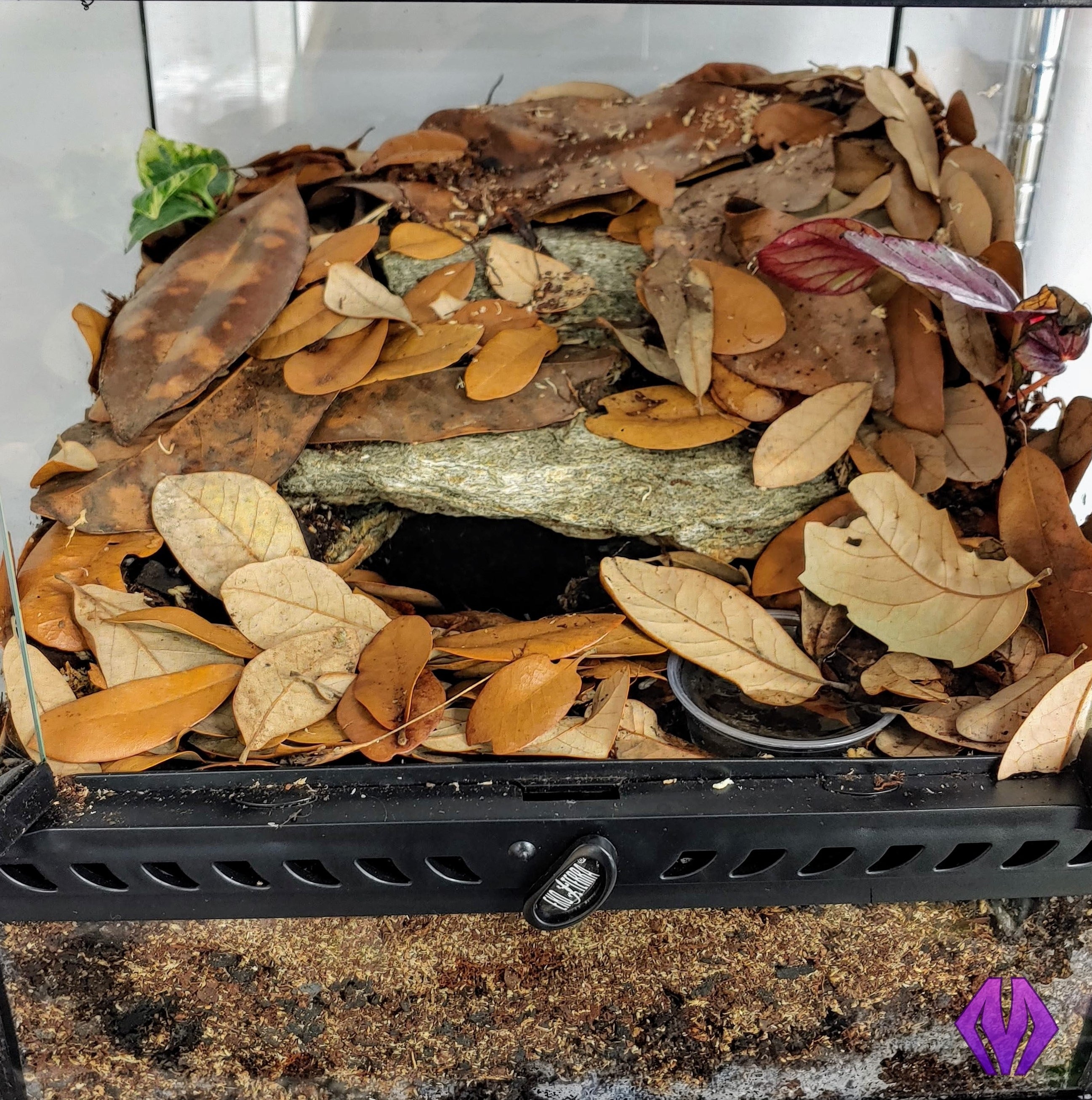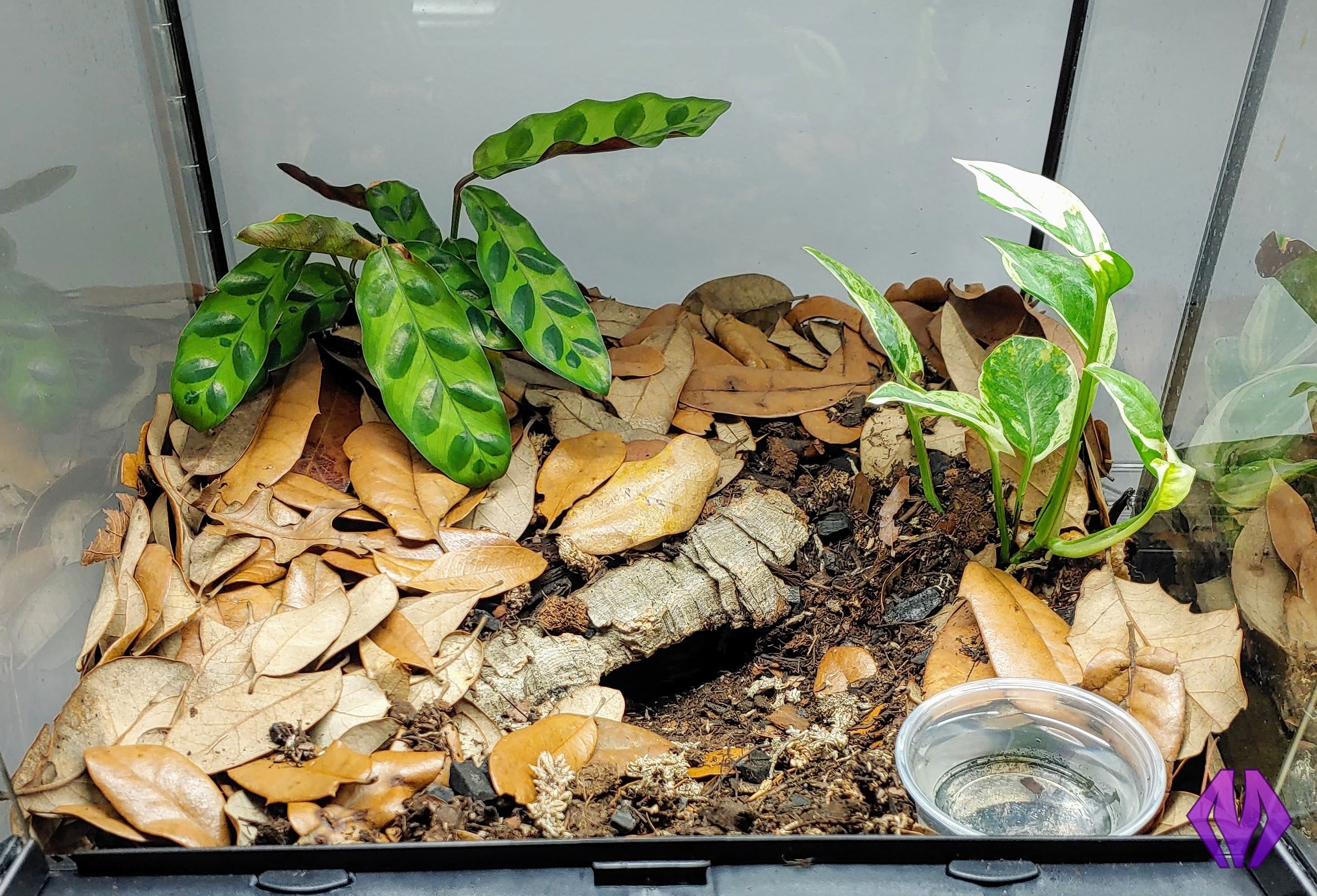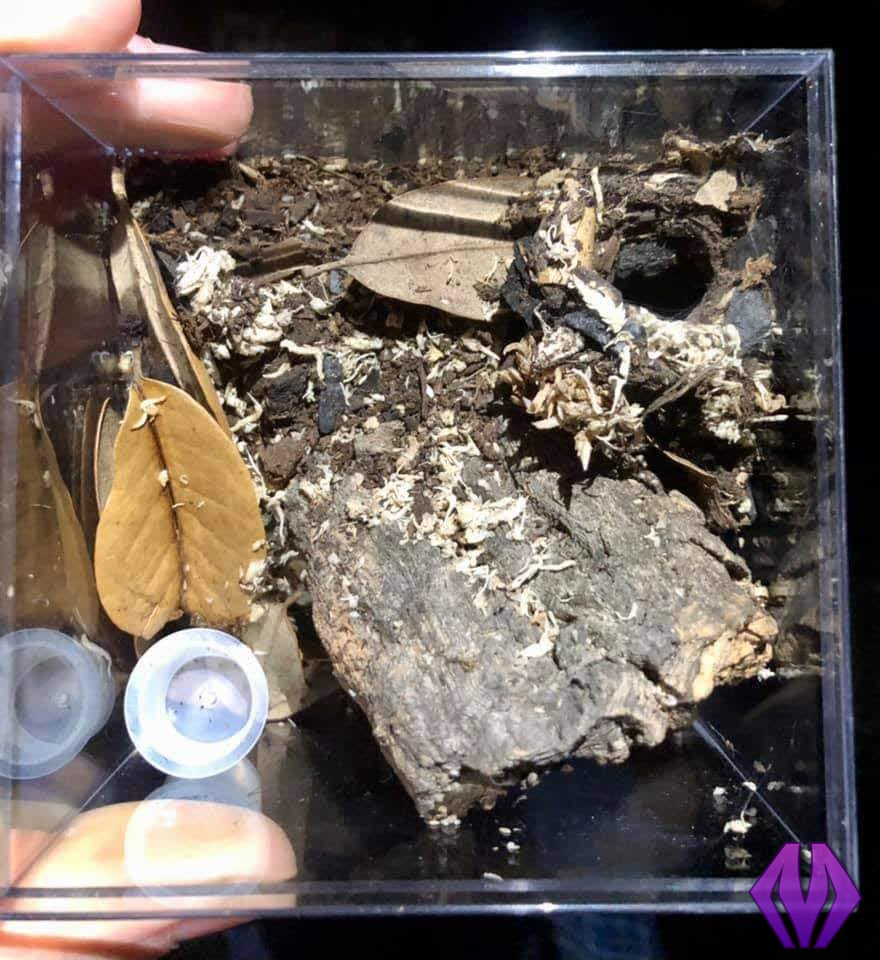Tliltocatl albopilosus care guide
description
the curly hair tarantula (Tliltocatl albopilosus, formerly Brachypelma albopilosum) or “T. albo” is an easily recognizable New World species with long curly hairs on the legs and abdomen. There are at least two distinct ‘color forms’ in the hobby, one reportedly from Nicaragua and Costa Rica, and the other was initially imported from Honduras (these may actually be different species, but the gene pool in the hobby is probably too diluted to know for sure at this point). Honduran/”hobby” form has more golden colored body and leg setae, while the Costa Rican/Nicaraguan form has whiter setae and is consistent with the type specimen described in 1980 from Costa Rica.
-
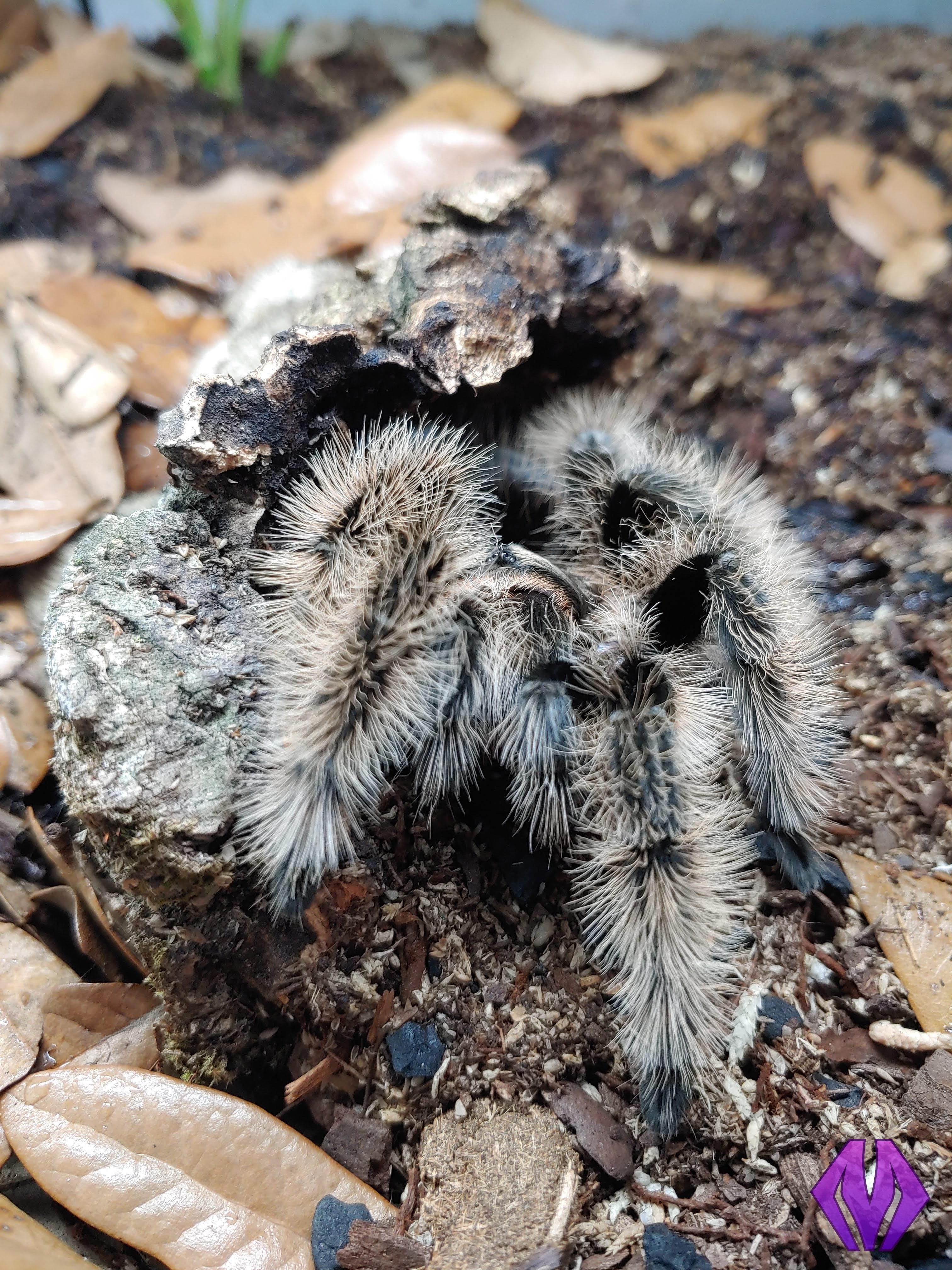
adult female
-
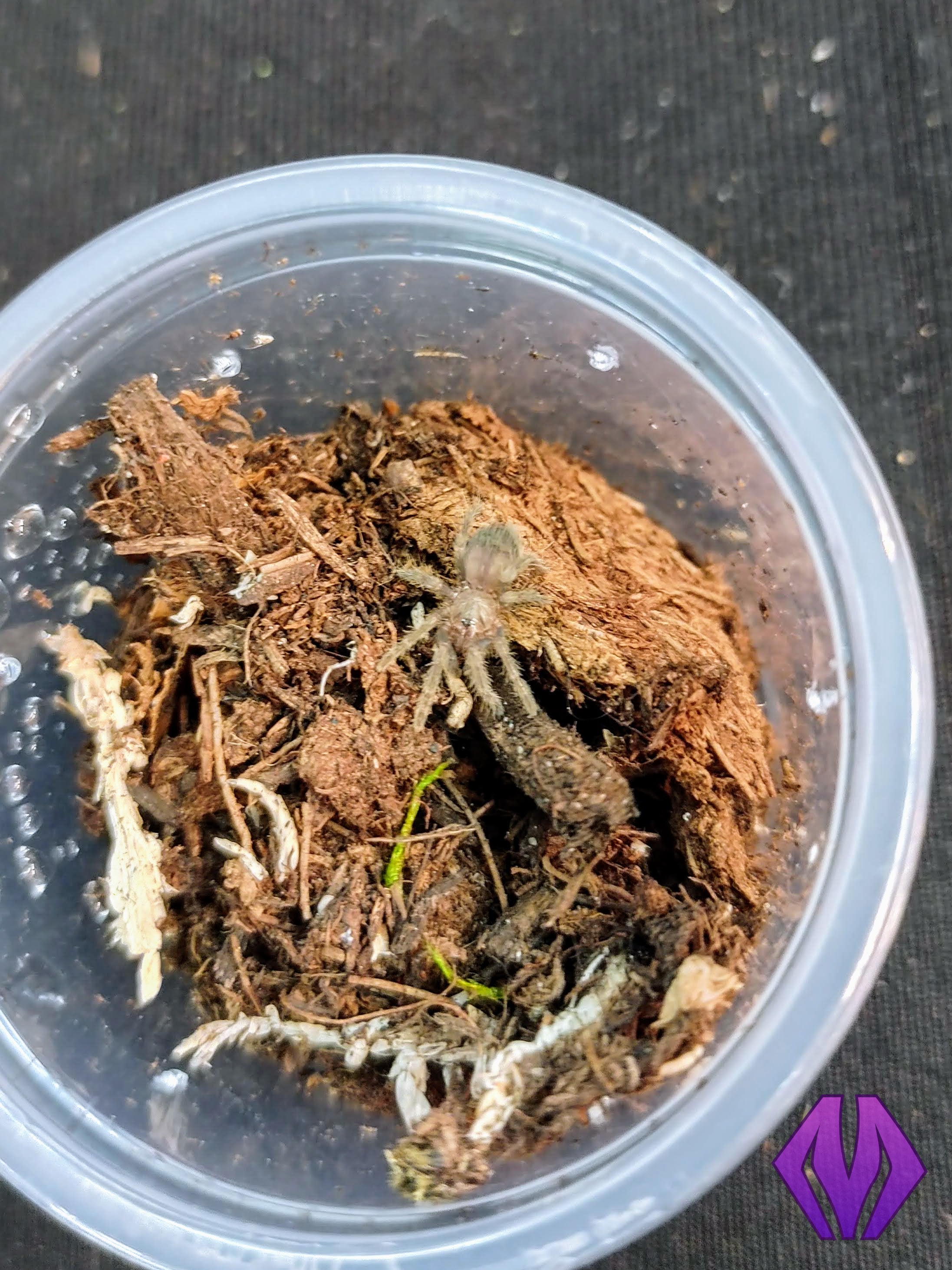
second instar spiderling
-
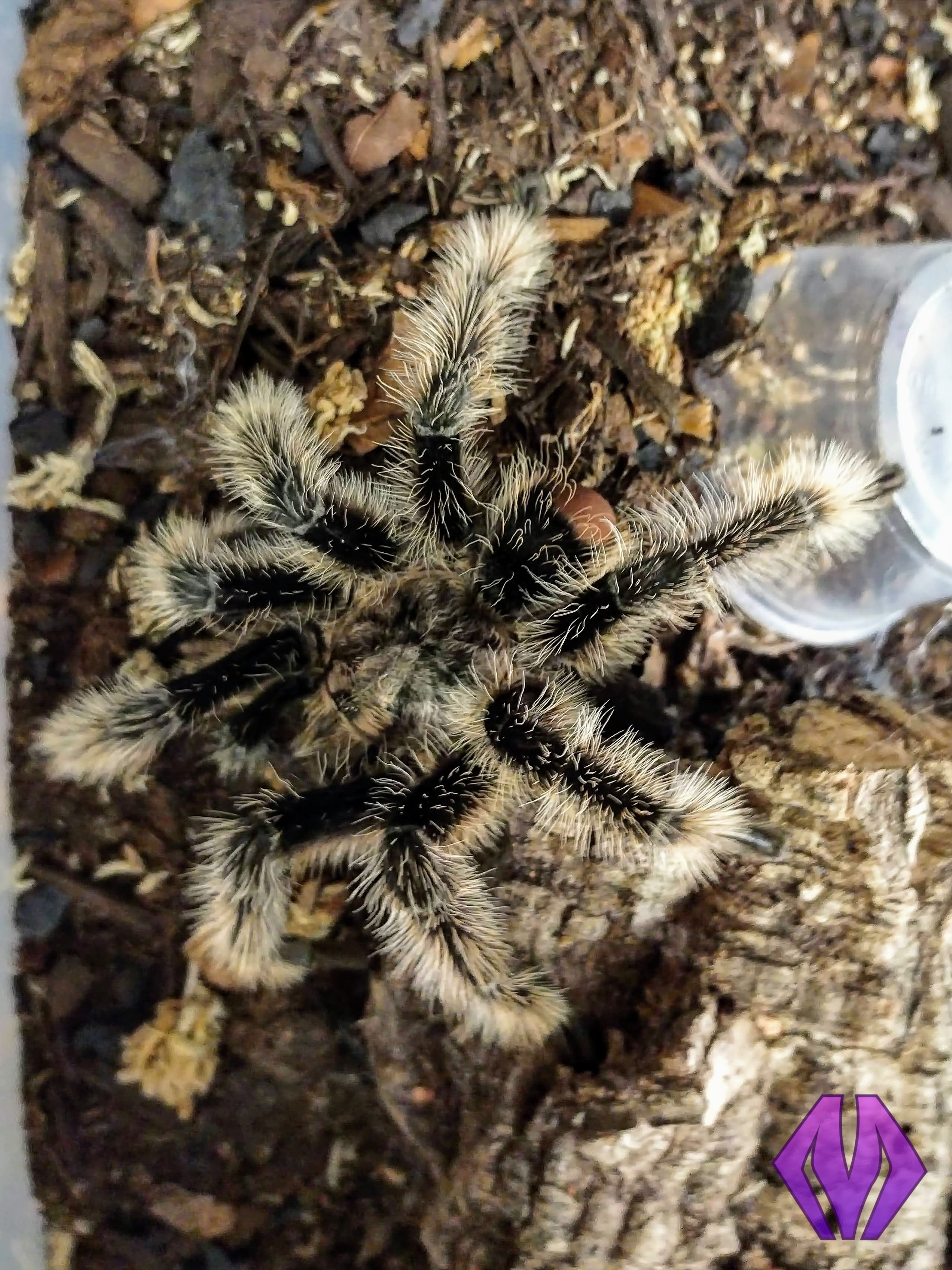
mature male
natural history
The native range of the curly hair tarantula includes the Atlantic side of the countries of Costa Rica, Nicaragua, and possibly Honduras. This region is primarily tropical forest and scrubland with average daily temperatures ranging from 66°F to 90°F. Rainfall varies seasonally but is generally plentiful (Theraphosidae.be - B. albopilosum). These tarantulas construct and inhabit burrows in the terrain throughout their lifetime and have even been reported inhabiting tree hollows and vegetation off of the ground.
enclosure design
Female T. albos max out at around 6.5” in diagonal leg span with 5.5-6” being the average for an adult. Mature males can vary but are typically a bit smaller. We set up all of our curly hair adults in Exo Terra brand “Mini Wide” 12” x 12” x 12” glass enclosures, which we prefer due to their built-in cross-ventilation feature, double front-opening doors, locking mechanism, and clean look. The lid might pose an issue with tarantula claws getting stuck in the mesh, so consider replacing it with our PVC lid insert or replacement lid. Fill the enclosure with at least 5” of megamix tropical substrate, plant a few small tropical plants (optional), and provide a water dish. We usually partially bury a cork flat or tube as a starter burrow or an initial hide for the spider until it establishes its own burrow. We set up spiderlings from 3/4”-2” in our terrestrial spiderling enclosure similarly, and juveniles from about 2-4” are housed in Exo Terra brand “Nano Wide” 8” x 8” x 8” enclosures.
maintenance
At Marshall Arachnids, we strive to take each species’ natural history into account when designing and maintaining vivaria for our spiders. We provide our T. albo adults with a daily thermal gradient of about 72 to 82°F, with the top of the enclosure being the warmest. Nighttime temps drop no lower than 70°F. Each spider has the opportunity to thermoregulate by moving around the enclosure as they please. Being a primarily fossorial species, curly hairs will likely burrow down to escape heat. We ensure the water dish is full and clean daily with a light misting once or twice per week. We add water to the substrate regularly to maintain live plants. For adults, we tong-feed appropriately-sized live dubia roaches or crickets every 7-14 days, but not on a set schedule. For slings, we offer food approximately every 5-7 days or as-needed. T. albos tend to lay down a thin mat of webbing when preparing to molt and may repeatedly refuse to eat. These spiders can safely go weeks on end without food, so do not be concerned if this is the case. Just continue to provide clean water regularly.
fun fact! T. albopilosus can produce egg sacs of over 700 spiderlings… That’s a LOT of tiny mouths to feed!




